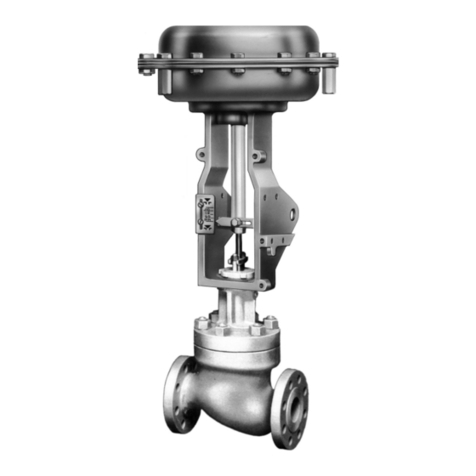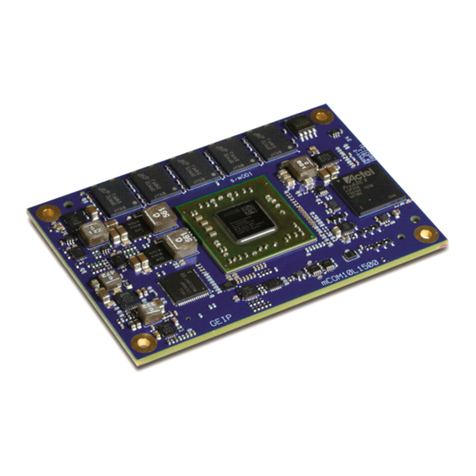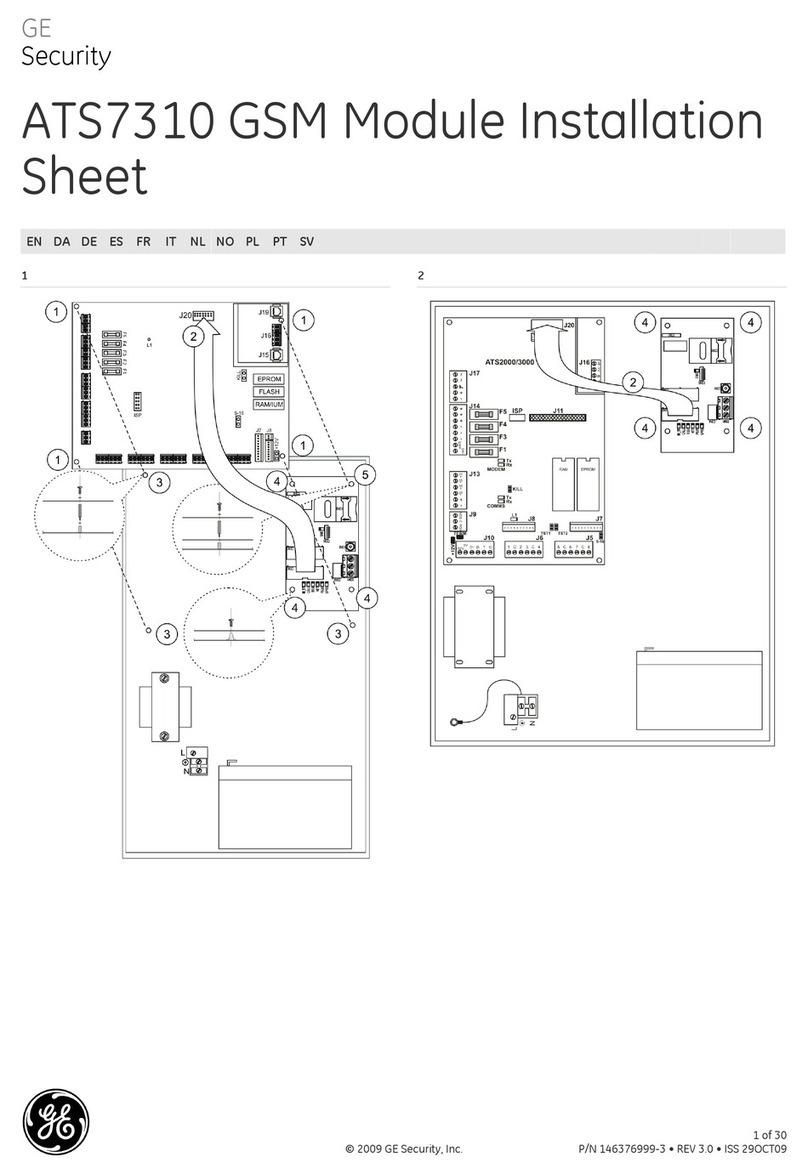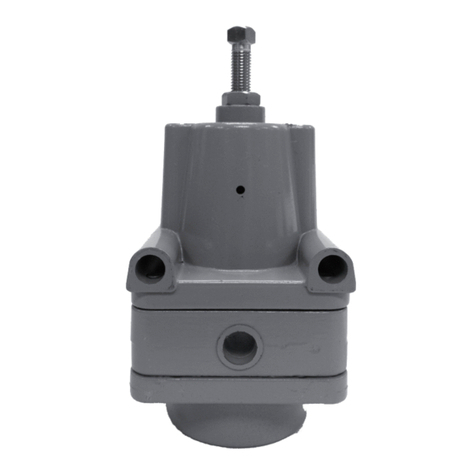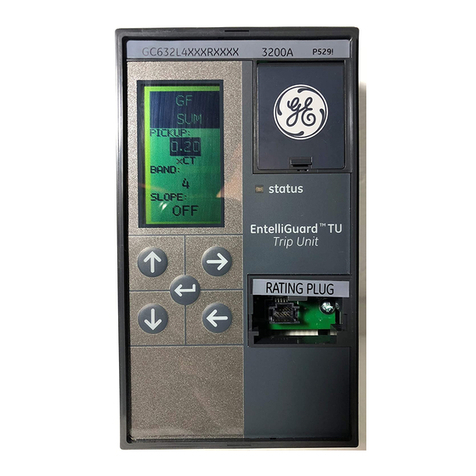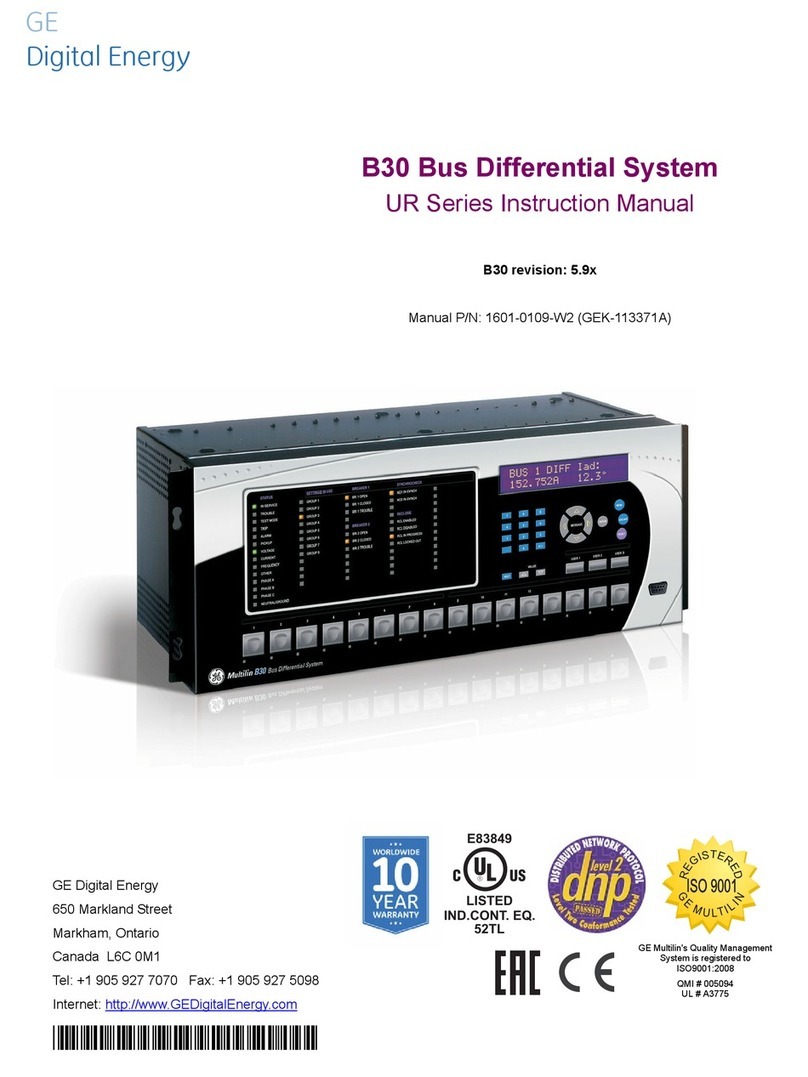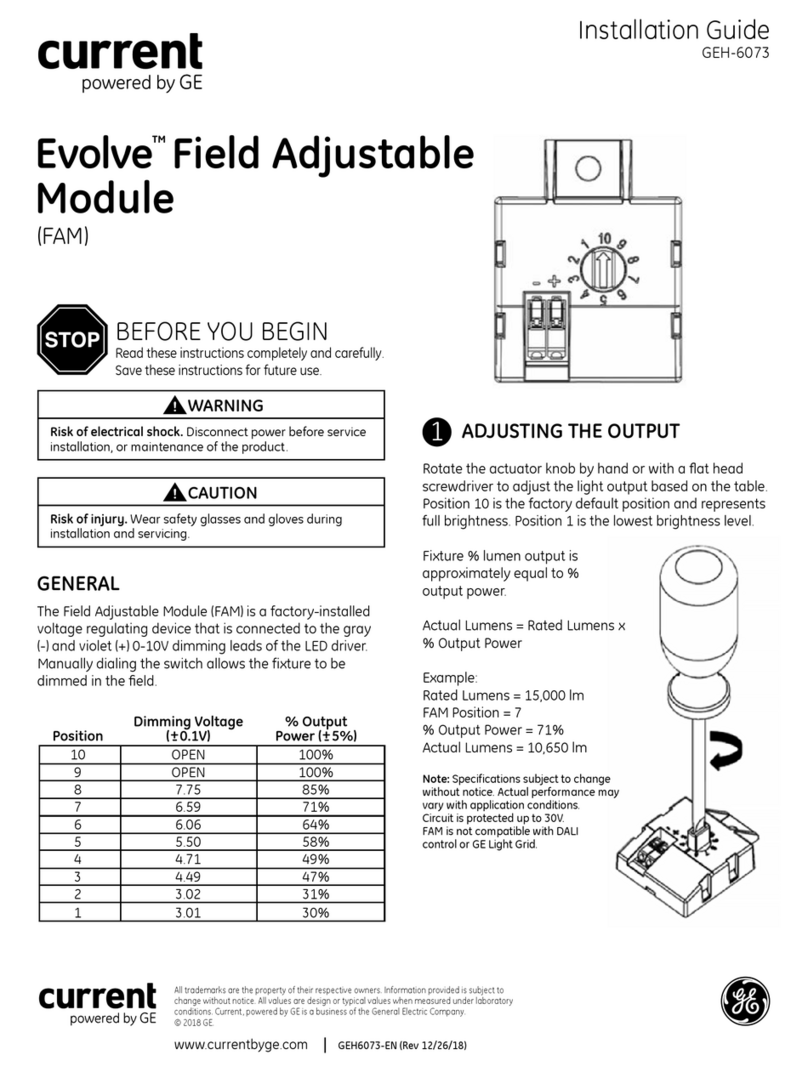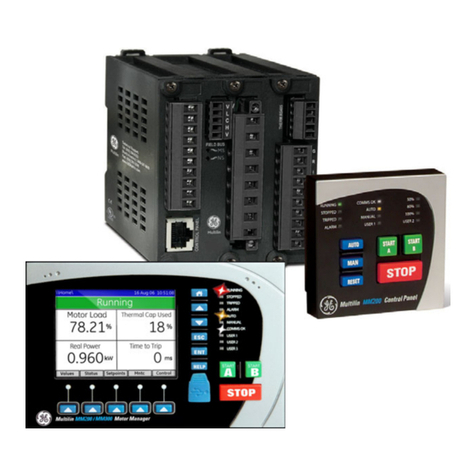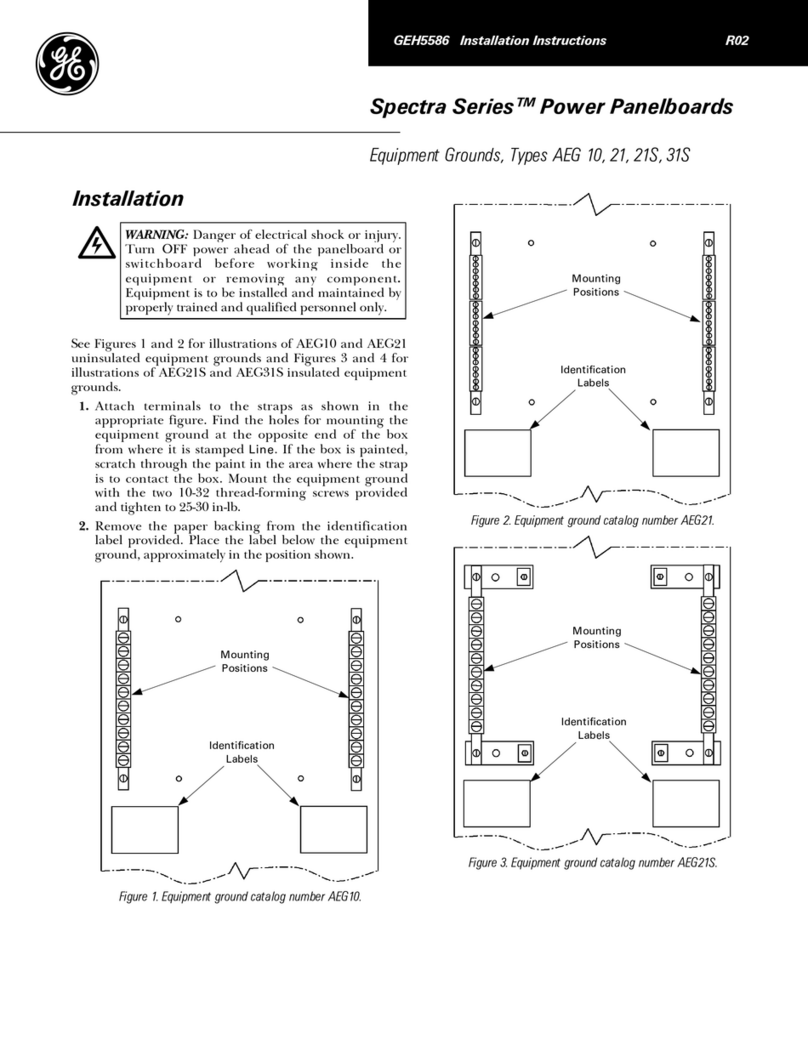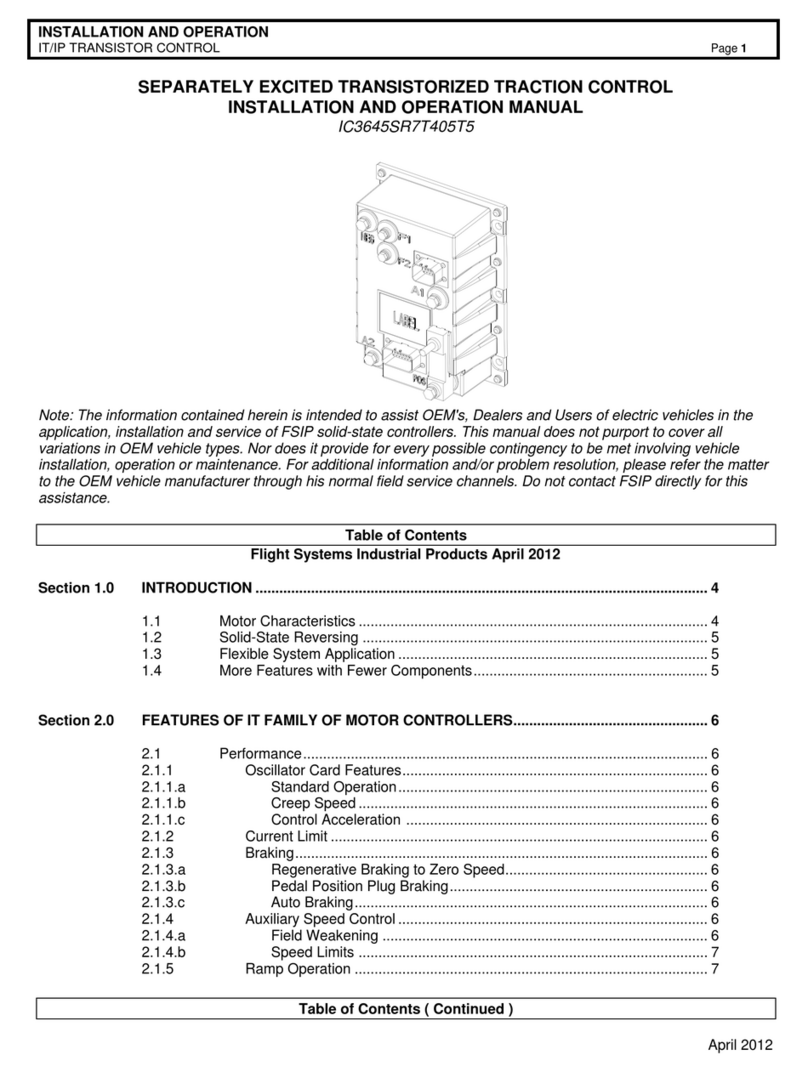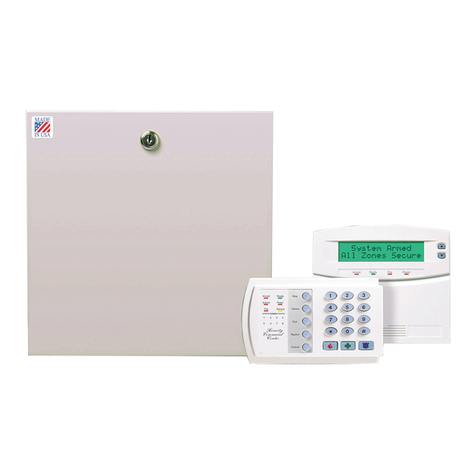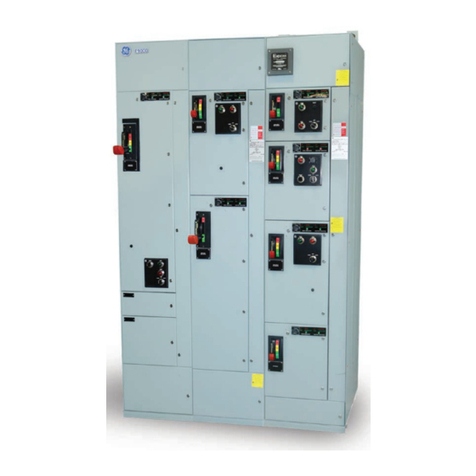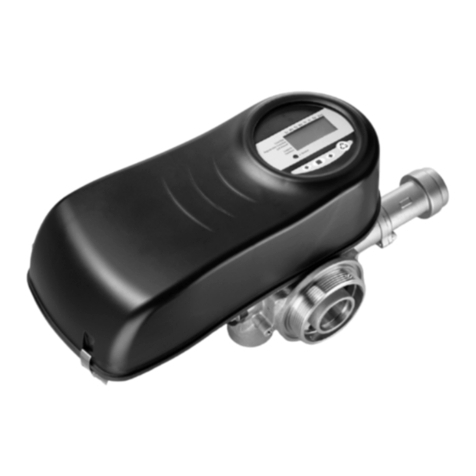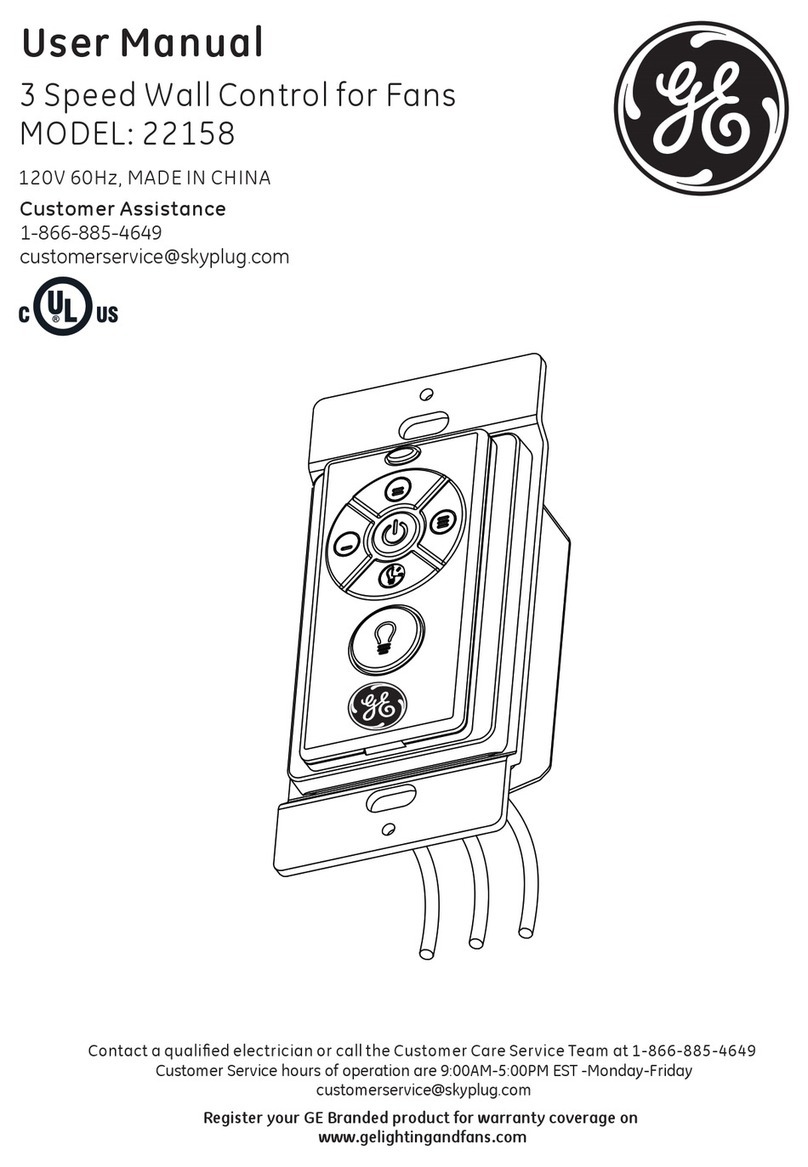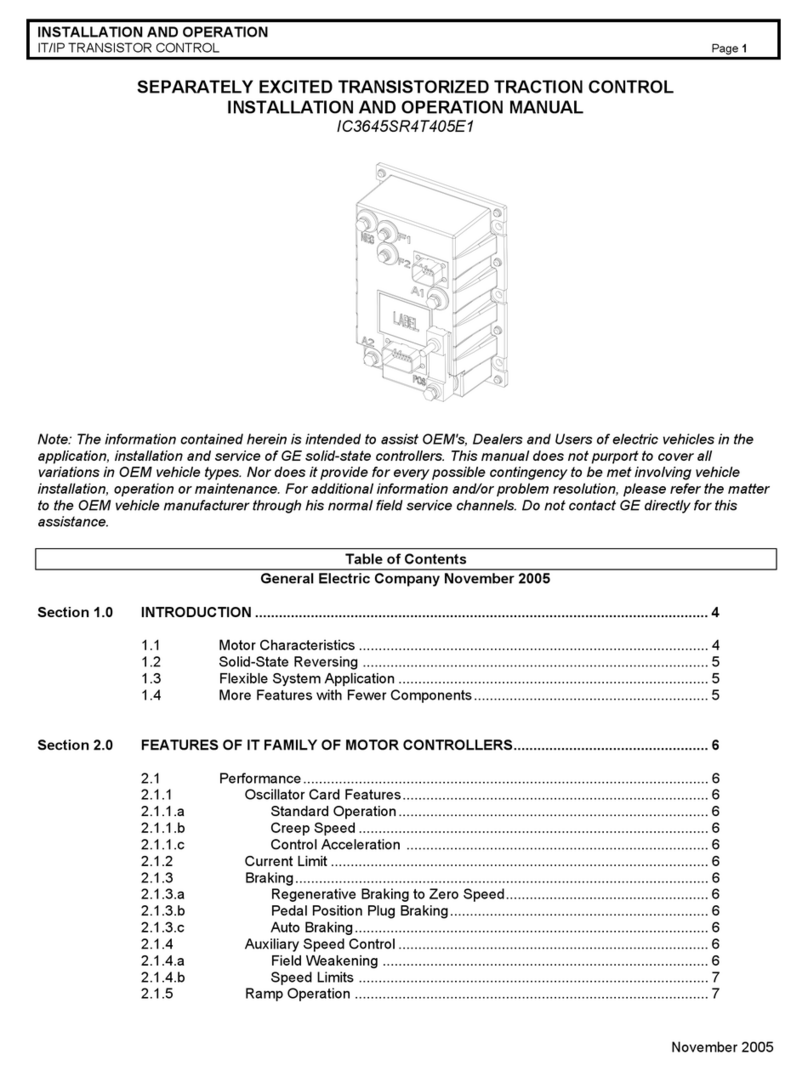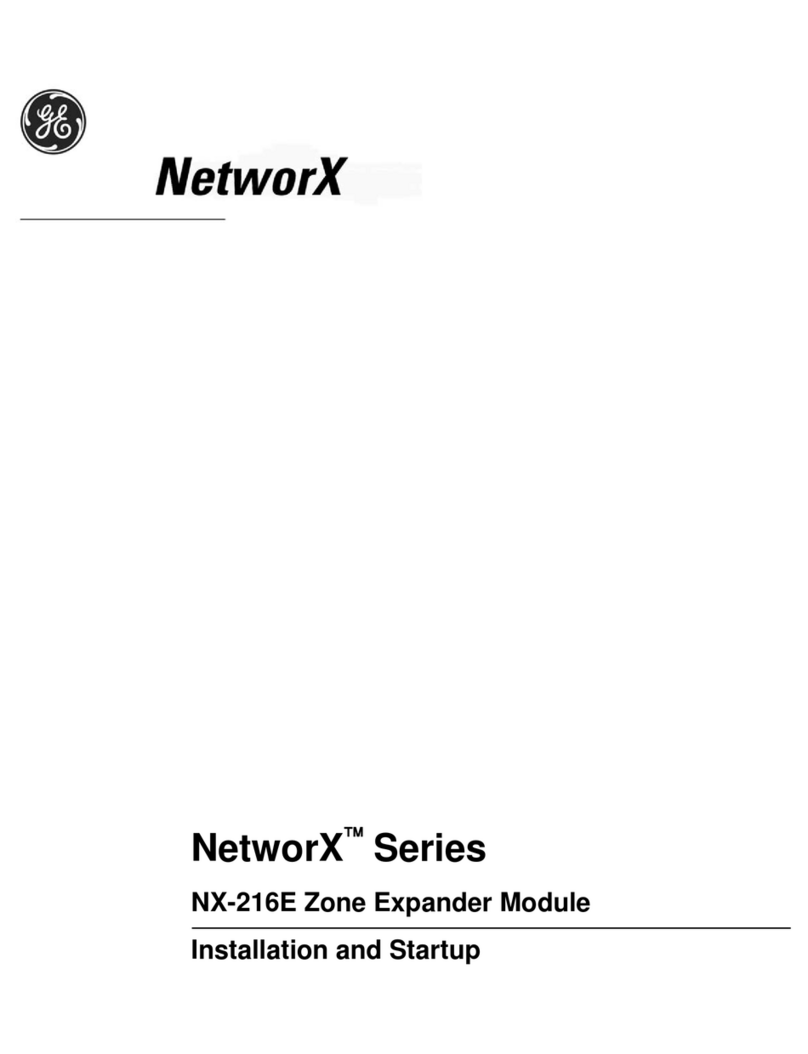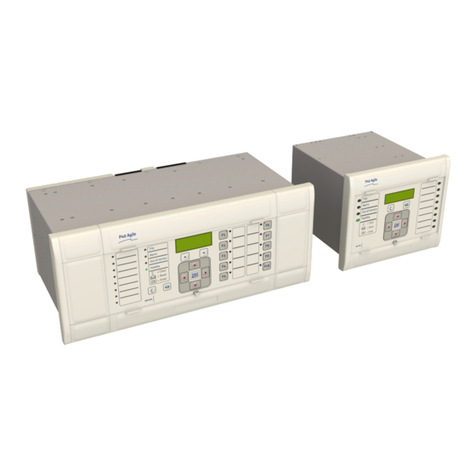
ZP3-ECU Maintenance Manual Doc. No. 503-0800ZE-M-01
Issue 1 (01/08/2006) Page iii
Table of Contents
Heading Page
List of Abbreviations, Acronyms and Terms.................................................................................................................. v
Associated Publications and References........................................................................................................................ v
Preface.............................................................................................................................................................................................1
Limitations......................................................................................................................................................................................1
Response Time........................................................................................................................................................................1
Maintenance Faults..............................................................................................................................................................1
Maintenance Responsibilities ...............................................................................................................................................2
General .......................................................................................................................................................................................2
Preventive Maintenance ....................................................................................................................................................2
Daily and Weekly Checks.............................................................................................................................................2
Quarterly Maintenance .................................................................................................................................................2
Fault Finding ............................................................................................................................................................................3
Maintenance Pre-requisites ..................................................................................................................................................3
Log Books .......................................................................................................................................................................................4
Test Notification and Preparation ......................................................................................................................................4
Preventive Maintenance .........................................................................................................................................................4
Daily and Weekly Checks..................................................................................................................................................4
Quarterly Maintenance ......................................................................................................................................................5
Extinguishing Control Unit............................................................................................................................................5
Extinguishing Status/Repeater Units (Optional).................................................................................................6
Extinguishing Control Door Monitor Board (Optional).....................................................................................6
Arming the System after Completion of Quarterly Maintenance..................................................................7
Fault Finding - Communication ECU to Control Panel..............................................................................................7
General Information.............................................................................................................................................................7
Precautions...............................................................................................................................................................................7
Device Unaccepted ..............................................................................................................................................................8
Indications............................................................................................................................................................................8
Possible Causes.................................................................................................................................................................8
Corrective Actions ............................................................................................................................................................8
Relay not Responding .........................................................................................................................................................9
Indications............................................................................................................................................................................9
Possible Causes.................................................................................................................................................................9
Corrective Actions ............................................................................................................................................................9
Device Type Fault..................................................................................................................................................................9
Indications............................................................................................................................................................................9
Possible Causes.............................................................................................................................................................. 10
Corrective Actions ......................................................................................................................................................... 10
Device Offline........................................................................................................................................................................ 10
Indications......................................................................................................................................................................... 10
Possible Causes.............................................................................................................................................................. 10
Corrective Actions ......................................................................................................................................................... 10
Fault Finding - Extinguishing Control Unit Faults.....................................................................................................11
Extinguishing Control Unit General Faults.............................................................................................................. 11
Indications......................................................................................................................................................................... 11
Possible Causes.............................................................................................................................................................. 11
Corrective Actions ......................................................................................................................................................... 11
Manual Extinguishant Release Faults.................................................................................................................. 12
Extinguishant Actuator Faults................................................................................................................................. 12
Extinguishant Pressure Faults................................................................................................................................. 13
Fire Bell Fault ................................................................................................................................................................... 13

